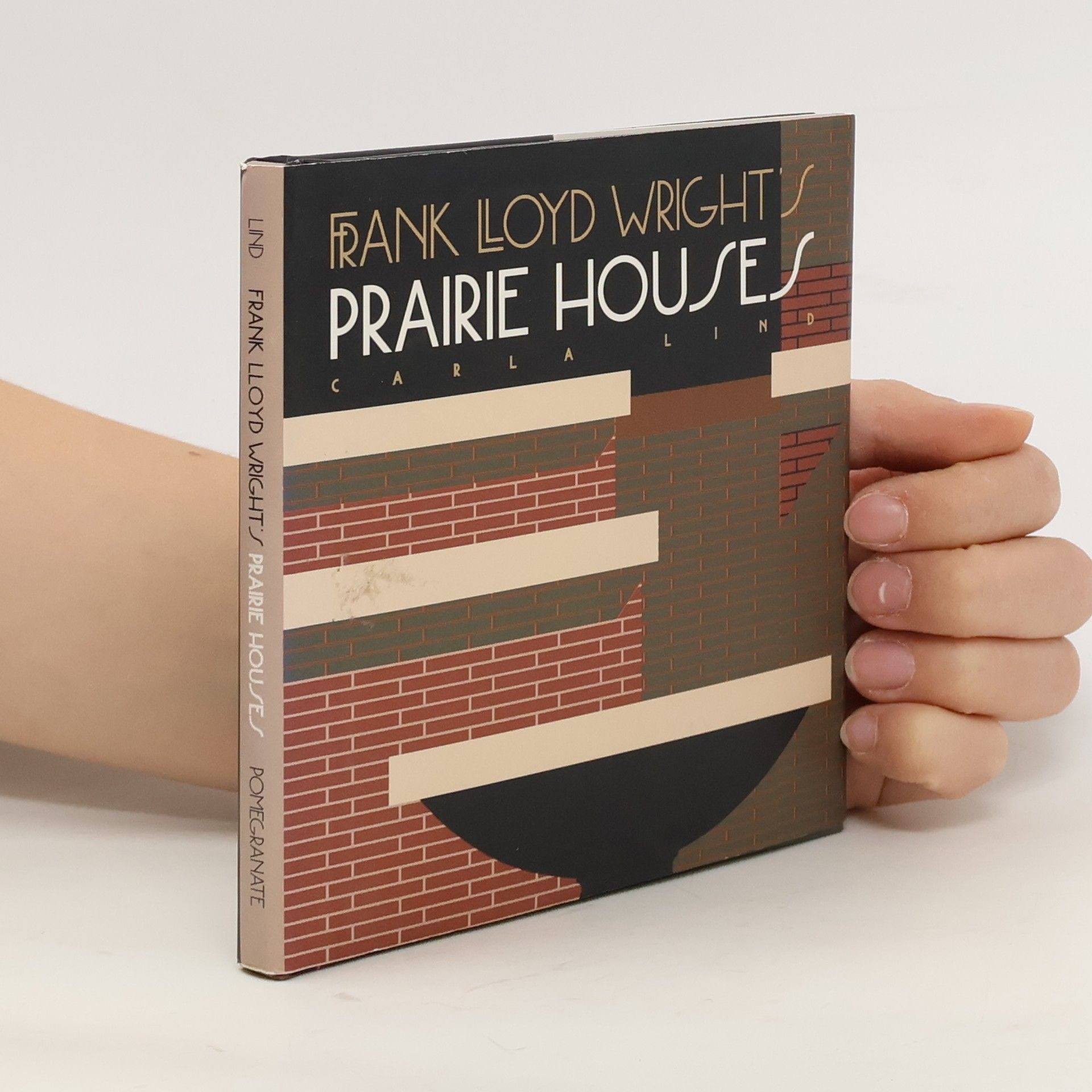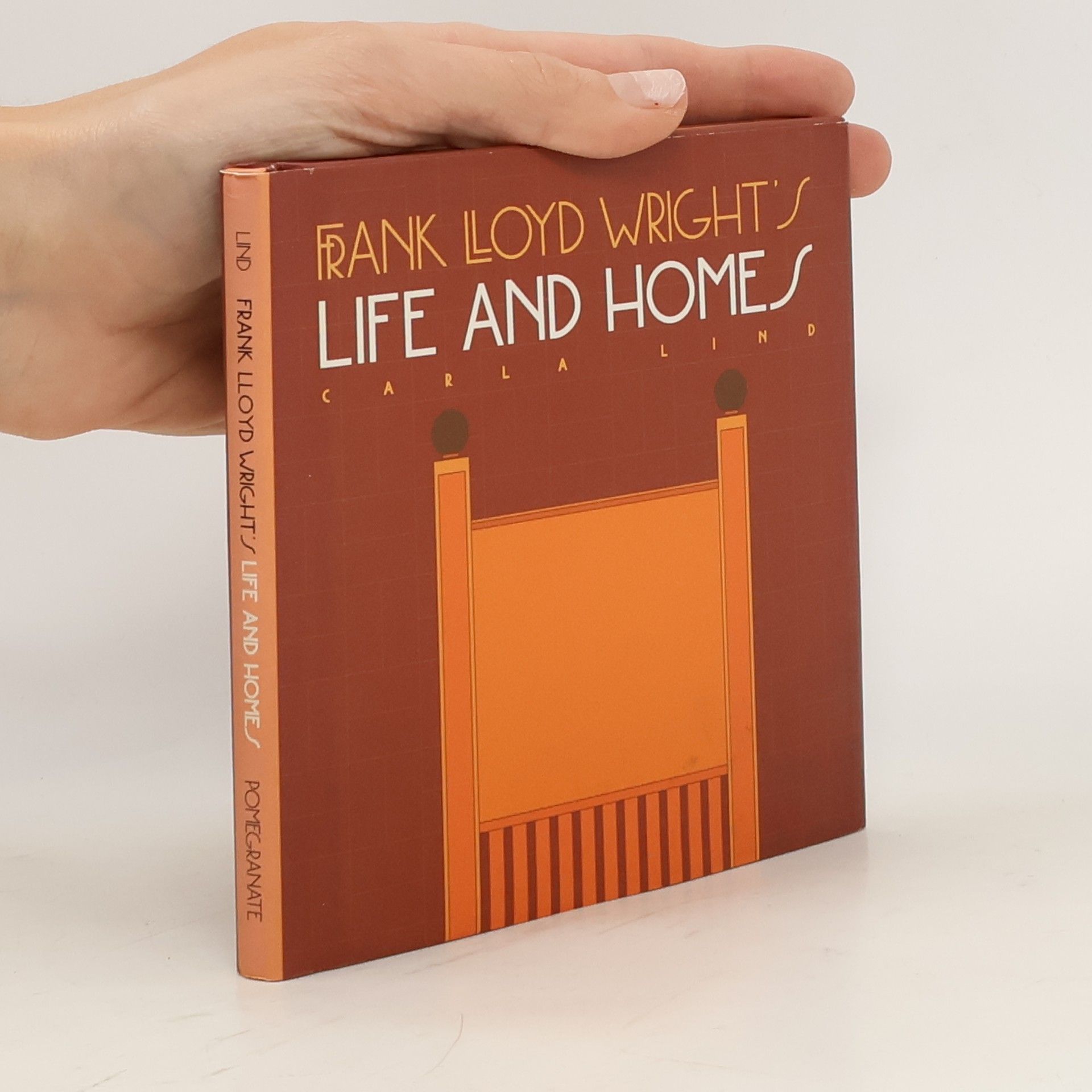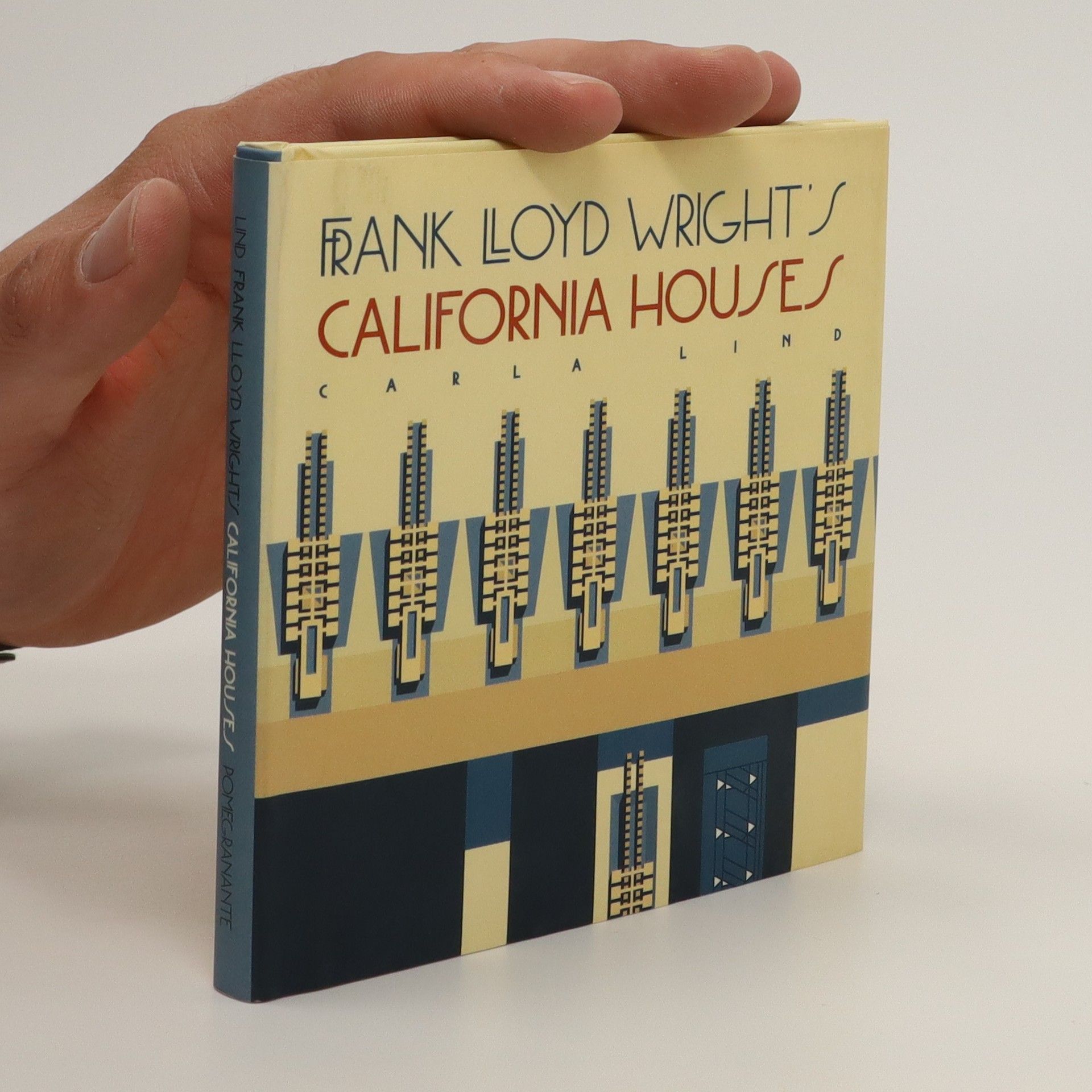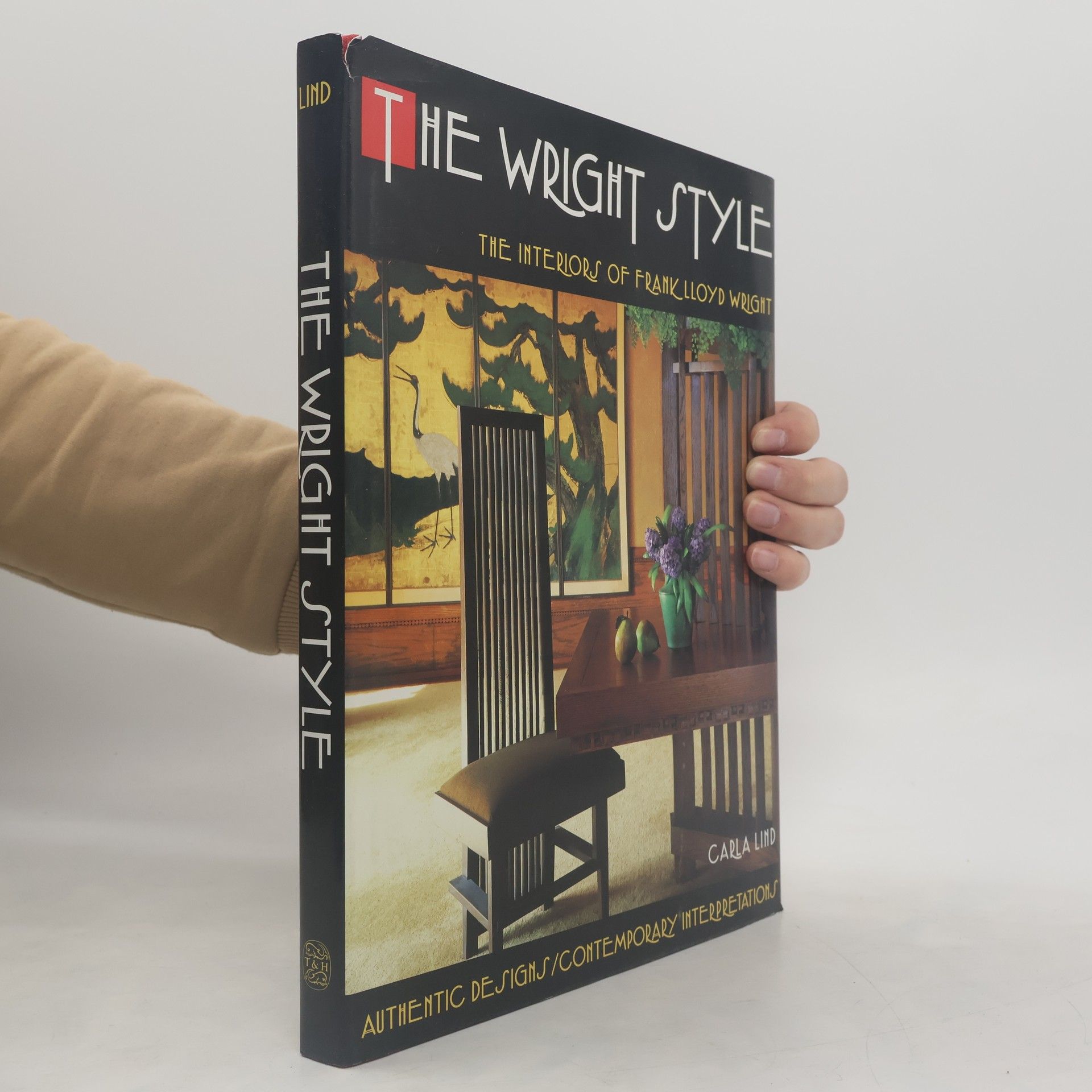Carla Lind Book order






- 2002
- 1996
Always an experimenter, in the 1920's Wright debuted an innovative building system with four striking houses in the Los Angeles area. This book features these internationally renowned compositions and a fifth that shares their exotic form.The Wright-at-a-Glance series showcases the work of one of the world's best-known architects. Comprising twelve books in all, this series offers an overview of Wright's life, buildings, and designs.
- 1995
Frank Lloyd Wright's Glass Designs
- 57 pages
- 2 hours of reading
Looks at the innovative ways Wright used glass in windows, skylights, and decorative designs
- 1994
Shows and describes ten houses Wright designed for moderate cost and modern features that include carports, open living spaces, walls of windows, and patios that open to the outdoors
- 1994
Briefly traces Wright's life, education, and career, and shows and describes some of his own homes
- 1992
The Wright Style
- 224 pages
- 8 hours of reading
If you've ever wanted to step inside a house designed by frank Lloyd Wright or if you've ever dreamed of living in one "The Wright Style" offers the next best thing: an extraordinary look inside dozens of Wright's incomparable houses, all of them filled with countless inspiring ideas from America's favorite architect. From "pure" Wright houses to homes where his decorative magic has been mixed with related styles, the book captures the essence of the architect's timeless designs the spaces, the textures, the colors, the light, the furniture, the special features that all say Frank Lloyd Wright. As the magnificent houses here show, each of Wright's buildings was a complex composition of many interrelated elements; he regarded them as symphonies. Wright designed not just the shell, but everything inside as well: furniture, skylights, art glass windows, light fixtures, textiles, carpets, wall murals, decorative accessories, even the landscaping. Illustrating how Wright affected and inspired other houses, "The Wright Style" also presents interpretations of Wright's principles by some of his followers and apprentices providing a guided walk through a century of his unsurpassed influence on design. And for those who love Wright but who cannot live in complete, authentic rooms or purchase antique Wright furnishings, the book's catalogue of products makes it possible at least to bring a touch of the Wright style home. "Wright's ideas have so permeated our architectural world that we have lost track of the source," writes author Carla Lind. "His open floor plans led to family rooms, kitchens open to living areas, indoor spaces open to outdoor living spaces, garden rooms, decks, and carports. His use of glass opened window walls and brought generous amounts of light and inspiring vistas into rooms. He altered America's collective subconscious. By bringing together many elements and inspirations, most neither new nor original, he was able to synthesize fresh new forms that reflected the character of the nation."